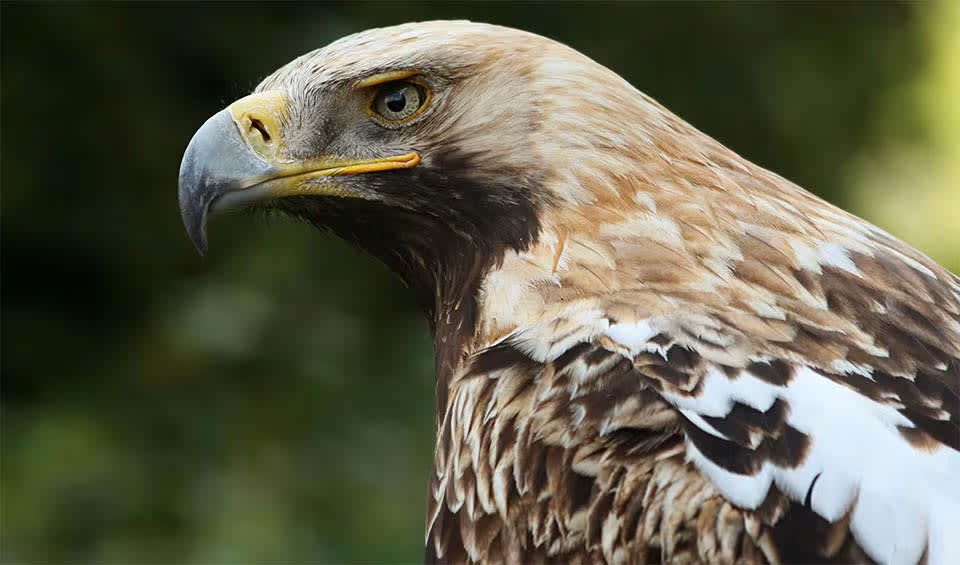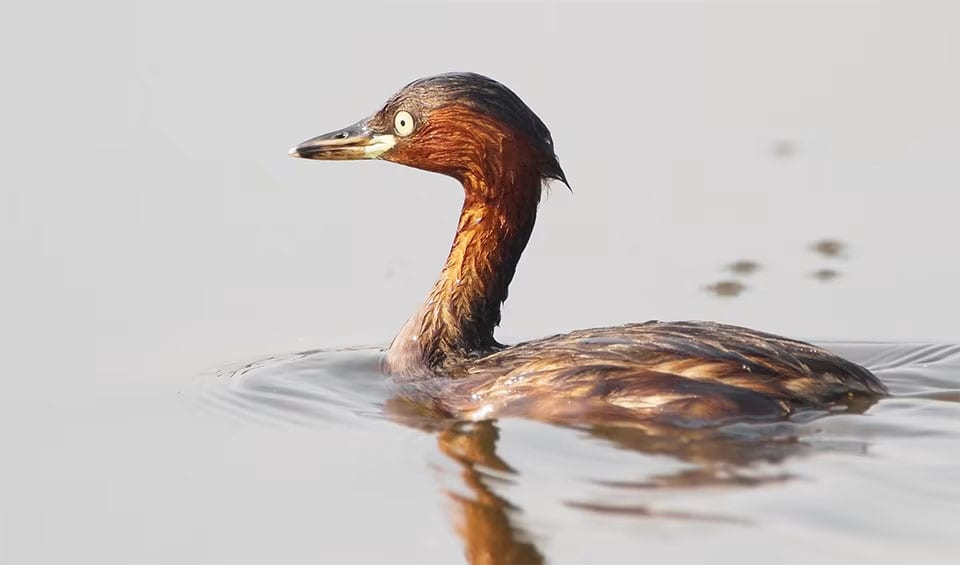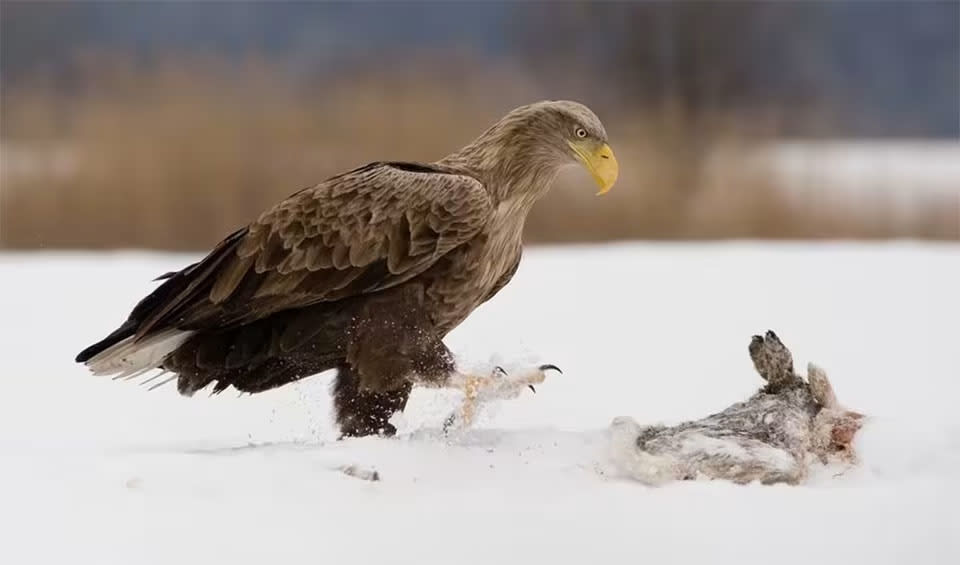Thanks to its advantageous natural conditions, Poland’s biodiversity is among the richest in Europe. Its central location on the continent, without significant natural barriers to the east and west, a transitional climate influenced by both oceanic and continental air masses, varied terrain, diverse water bodies, and a mix of soil types all contribute to this richness.
Poland is a sizable nation, with a land area of nearly 312,000 km² (120,464 mi²) and a marine area over 33,000 km² (12,741 mi²). The northern part features the Baltic coast with several lagoons and the Masurian Lake District, while the Sudete and Tatra mountain ranges mark the southern edges. Poland shares borders with seven countries and has a peak elevation at Rysy, which reaches 2,499 meters (8,199 feet).
Four pillars elaborated:
Poland features a diverse array of protected areas including national parks, landscape parks, nature reserves, and Natura 2000 sites, covering a substantial amount of land and sea. This makes it home to the fourth largest network of terrestrial protected areas in the EU. The country’s efforts in biodiversity conservation are further bolstered by various national and regional designations, such as National Parks, Protected Landscape Areas, and Baltic Sea Protected Areas. These designations play a crucial role in Poland’s nature conservation initiatives, contributing significantly to the preservation of its rich natural heritage. Land Management
Land Management
In Poland, the primary threat to biodiversity is human-induced, with indirect threats like habitat transformation and loss exerting more pressure on biodiversity than direct threats. Rare habitats such as salt marshes are being compromised by plant overgrowth or destroyed by economic activities, and species in small, often relic populations near urban and industrial areas are most at risk. The 1980s saw significant damage to coniferous forests in the Sudeten Mountains due to air pollution from gas and dust, which also contributes to the disappearance of moss alongside chemical pollution and changes in hydrographic conditions. Threats to Biodiversity
Threats to Biodiversity
Additionally, the practice of hillside deforestation and log transport via riverbeds has damaged the flora of mountain rivers. Human alterations to water bodies, such as drainage and riverbank regulation, have transformed riparian forests and led to the decline of alder habitats and mires. Furthermore, the introduction of invasive alien species poses a growing threat to native species.
Poland has made significant strides in air protection, substantially reducing emissions of major pollutants. From 1990 to 2008, particulate matter emissions were cut by approximately three-quarters, largely due to advancements in commercial power engineering. Additionally, following the Second Sulphur Protocol, SO2 emissions were halved through the adoption of domestic technologies and the acquisition of complementary international licenses. As a signatory to the Kyoto Protocol, Poland has also achieved a 28.9% reduction in total greenhouse emissions from 1990 levels, surpassing its 6% target for the 2008-2012 period. Investment in air protection accelerated after 2007 with the launch of Operational Programmes on Innovative Economy and Infrastructure and Environment, which supported projects worth about 900 million Euros. Capacity and Governance
Capacity and Governance
Conservation efforts in Poland include full protection for all marine mammals in the Baltic Sea and the restitution and reintroduction of various endangered species, such as the peregrine falcon, European bison, and Atlantic sturgeon. Additionally, species like the Eurasian lynx and European tree frog have been reintroduced in different regions. On resource management, the State Forests National Forest Holding manages 78% of Poland’s forests, most of which have received Good Forest Management Certificates, ensuring sustainable and environmentally friendly practices. Water management has also improved, transitioning to a river basin approach with hydrographic borders following a Water Management Strategy introduced in 2005.
Poland’s future biodiversity plans emphasize strengthening and expanding conservation initiatives. Key efforts include increasing the scope and number of protected areas, particularly within the Natura 2000 network, to provide comprehensive coverage for diverse species and ecosystems. Poland is also focusing on integrating biodiversity objectives into broader land-use policies and agricultural practices to ensure sustainable development. Additionally, there is an ongoing commitment to enhancing public awareness and education on biodiversity issues, and improving cooperation between governmental bodies, NGOs, and the private sector to effectively manage and protect biodiversity. Future Trends
Future Trends
Biodiversity
Poland’s rich biodiversity is encapsulated in its varied landscapes, from the Baltic Sea’s coastal areas in the north, home to diverse aquatic and bird species, to the lush Masurian Lake District with its numerous lakes and vibrant wildlife. The primeval Białowieża Forest, a relic of the vast ancient woodland that once spread across the European Plain, shelters the European bison and other species like wolves, lynxes, and diverse birds.To the south, the Carpathian Mountains, including the Tatra range, support unique ecosystems with animals such as brown bears, Tatra chamois, and grey wolves. This diverse range of habitats, encompassing everything from coastal areas to dense forests and rugged mountains, supports a plethora of plant species, making Poland a crucial area for conservation in Europe.
In the table below are the number of known species in several main groups, how many of these species are Threatened with extinction, and how many of them are Endemic (unique to Poland only):
| Species (World rank) |
Threatened | % Threatened | Endemic | % Endemic | |
|---|---|---|---|---|---|
| Mammals | 92 (#120) | 4 | 4.3% | 1 | 1.1% |
| Birds | 289 (#133) | 13 | 4.5% | ||
| Reptiles | 11 (#176) | ||||
| Amphibians | 19 (#105) | ||||
| Fishes | 144 (#172 ) | 11 | 7.6% | ||
| Plants | 2,954 (#123) | 11 | 0.4% | 2 | 0.1% |
mammals
Eurasian lynx
Once widespread throughout most of Europe, by now extinct in most of Western and Central Europe
Moose
They are so tall, that they prefer to feed on higher shrubs and grass, as lowering their head to the ground can be difficult!
Steppe polecat
Widely distributed in Europe and Asia and tolerant to habitat modification
birds
Eastern imperial eagle
Its imperial imagery and fierce demeanor have made it a symbol of power and nobility throughout history
Common kingfisher
Possessed with special visual adaptations to catch fish
Little grebe
This cute and small bird is one of the most elite hunters below the water’s surface
reptiles
European adder
A venomous snake native to Britain and found all across Europe
Viviparous lizard
One of the few reptiles that can not only lay eggs but also give birth to live young
Slow worm
You might mistake them for snakes, but they are merely legless lizards
amphibians
European fire-bellied toad
Known for its bright red belly, a bold warning to predators, combined with its distinctive “whoop” call
Northern crested newt
Can regrow lost limbs, tails, and even parts of their heart and eyes
Marsh frog
Quite noisy creatures which is a common sight in wetland areas
National Animals
White-tailed eagle
Extinct and reintroduced – What’s the story behind these so-called ‘flying barn doors’?

















